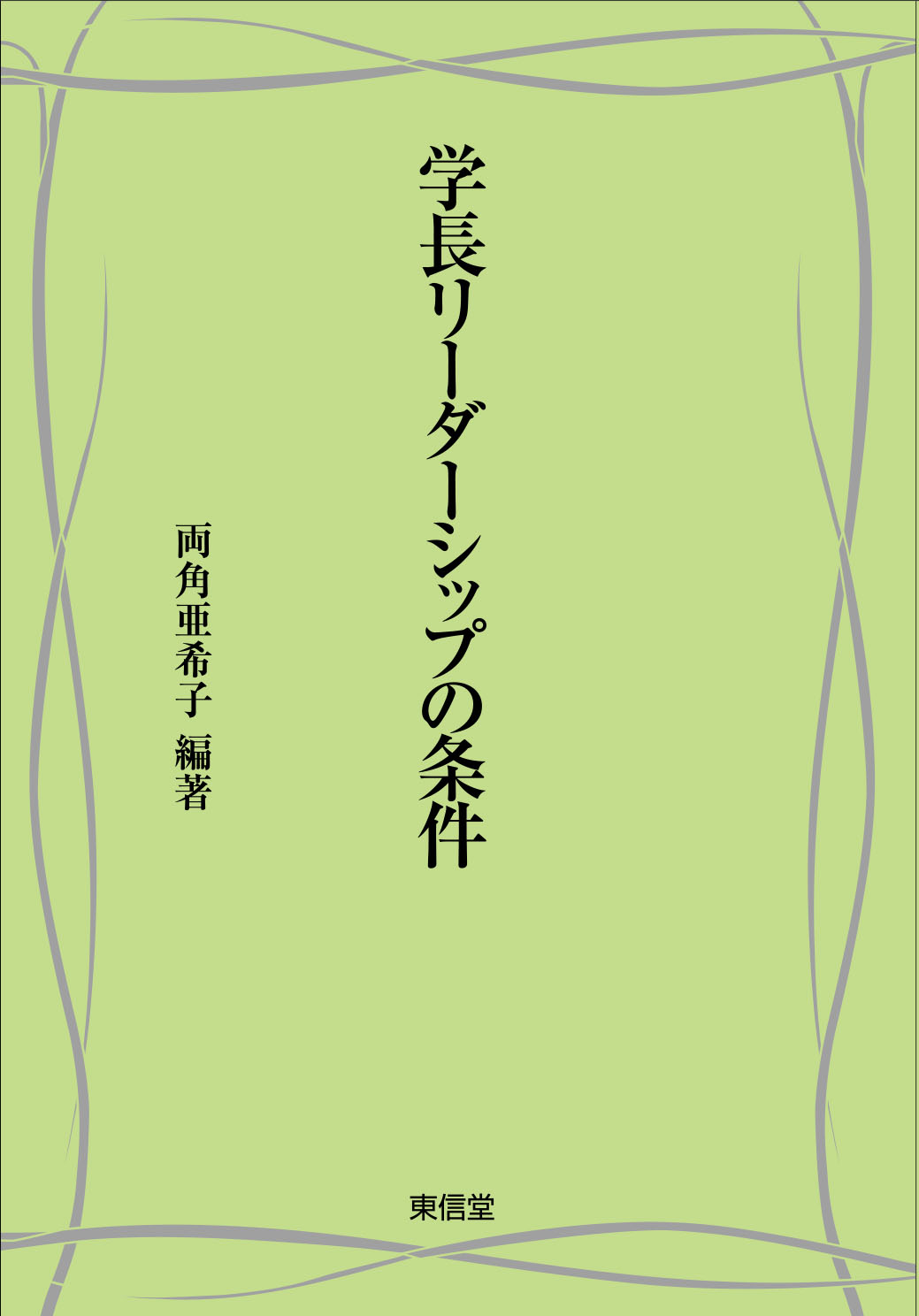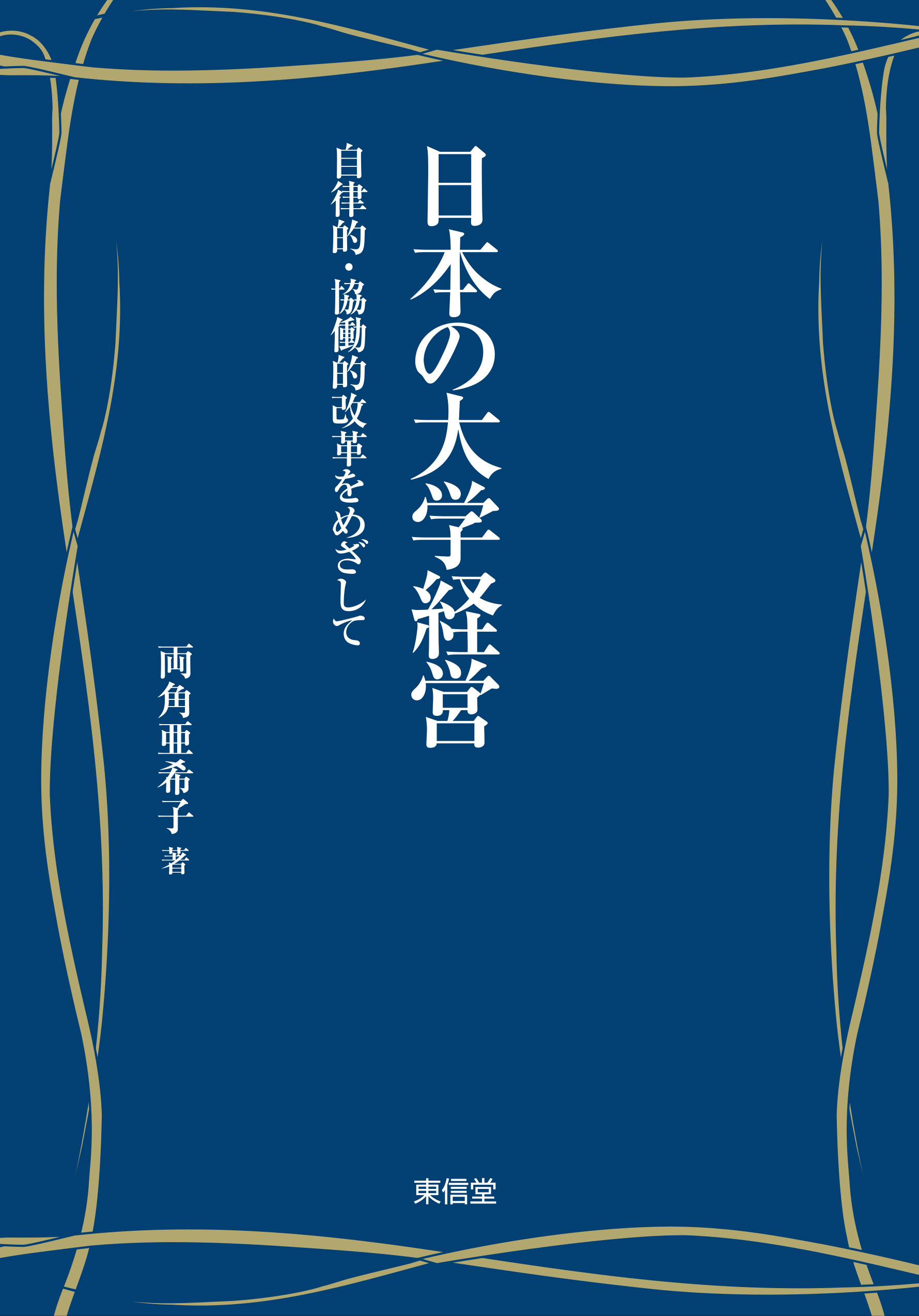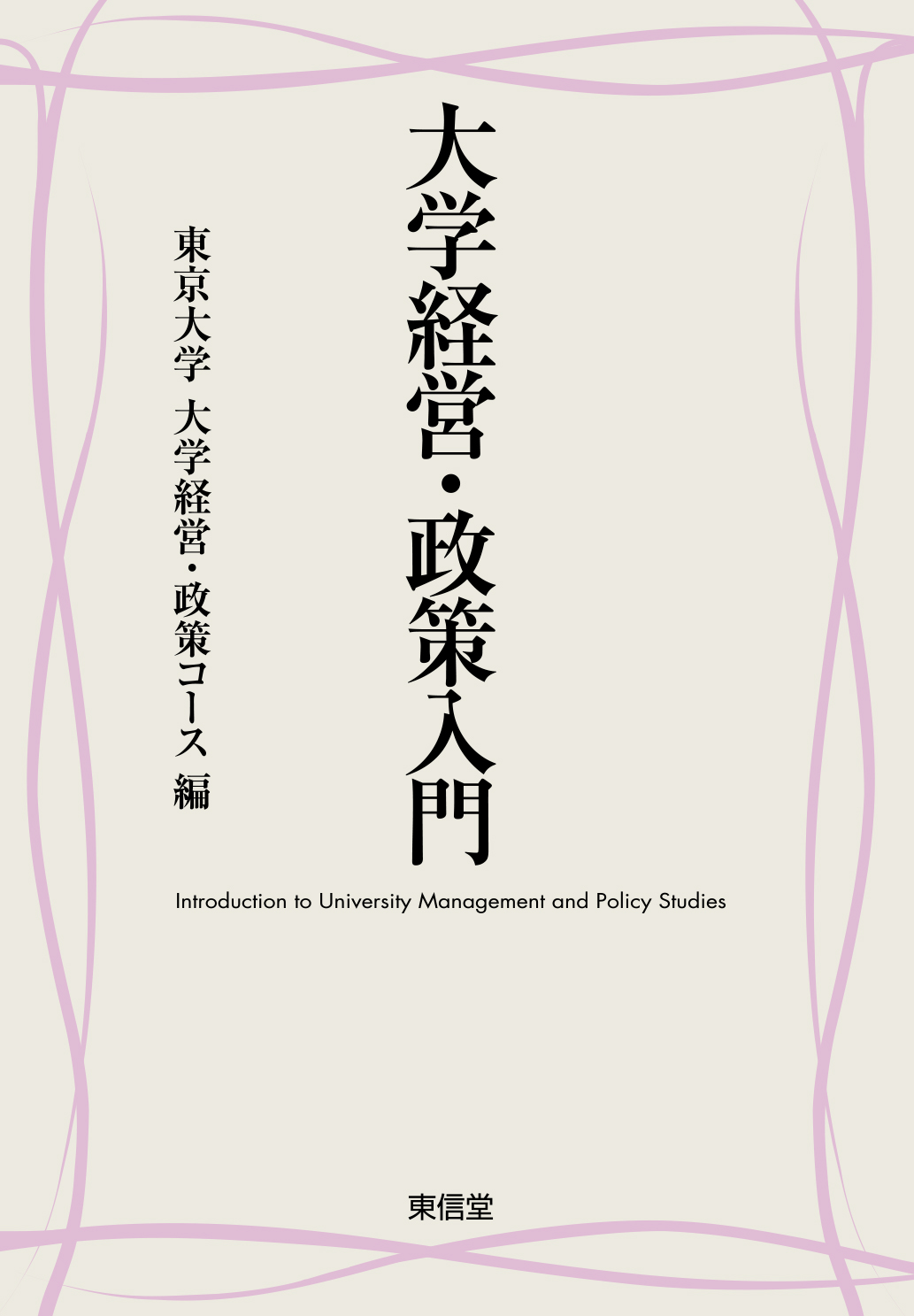
Title
Gakuchō leadership no jōken (Conditions for university president leadership)
Size
216 pages, A5 format, softcover
Language
Japanese
Released
December 10, 2019
ISBN
9784-7989-1607-1
Published by
TOSHINDO
Book Info
See Book Availability at Library
Japanese Page
Japanese society is demanding reform of the university system. Heavy expectations are thus being placed on university presidents, who are in a position to lead internal reforms. In recent years, higher education policies have been introduced to reform institutional systems and create subsidy programs to strengthen university presidents’ authority and create an environment in which they can more easily demonstrate leadership. The goal is to allow them to exert stronger influence and have larger budgets they can use freely, for example. But does granting university presidents greater power and bigger budgets result in better universities? In some universities, the influence of the faculty council is so great as to eclipse the role of the university president. This situation was the impetus of institutional reforms. On the other hand, there are also universities where the president practices autocratic management. Many commentators have repeatedly pointed out the important role played by university presidents. The author of this book felt unease about major institutional reforms being implemented without clarity on basic facts about university presidents. Questions that should be answered include: What kinds of persons become university president? How do they carry out reforms? What issues concern them, and how do they resolve them?
Starting from these basic questions, this book seeks to elucidate the reality surrounding university presidents. Through questionnaire surveys and interviews, the book answers questions such as: How do senior university administrators, including the university president, do their work in the first place? How are university administrators trained to become university presidents? How do they lead their schools in carrying out reforms? While there have been books published in Japan describing university presidents’ experiences, there have been surprisingly few in-depth academic studies of the position of the university president. This book’s originality lies in addressing this lacuna.
The major findings of this can be summarized with the following three points:
First, compared with other senior university administrators, university presidents deal with extremely difficult issues. Their duties are broader in scope and require a variety of abilities.
Second, despite this situation, existing training programs focus on taking in knowledge, such as holding half-day sessions of case study presentations and teaching policies and administrative practices related to the Ministry of Education, Culture, Sports, Science and Technology (MEXT). Training in a style that supports exchanges of viewpoints and networking and more systematic training are lacking. And, despite increased training opportunities these days, the more senior the administrator, the less training he or she tends to receive.
Third, while it is often considered that experiences in positions such as department chair, academic dean, and university vice president are critical or even essential for assuming the position of university president, the book’s survey results reveal that having (or not having) such prior experiences has no effect on the influence or ability one wields as the university president. The reason may be that even with prior postings in similar positions, individuals have vast differences in the quality of their experiences and the efforts they made to fulfill their responsibilities. The book’s interviews reveal that outstanding university presidents take advantage of a variety of opportunities to learn about higher education practices, policies, and management.
The key message presented by this book’s analysis is that what is needed for university presidents to demonstrate leadership is not governance reform but human resource development. Instead of just giving university presidents more authority and responsibilities, what is critical is conveying the appeal of work carried out by senior administrators, including the university president, and strengthening human resource development and support.
(Written by MOROZUMI Akiko, Associate Professor, Graduate School of Education / 2021)



 Find a book
Find a book



